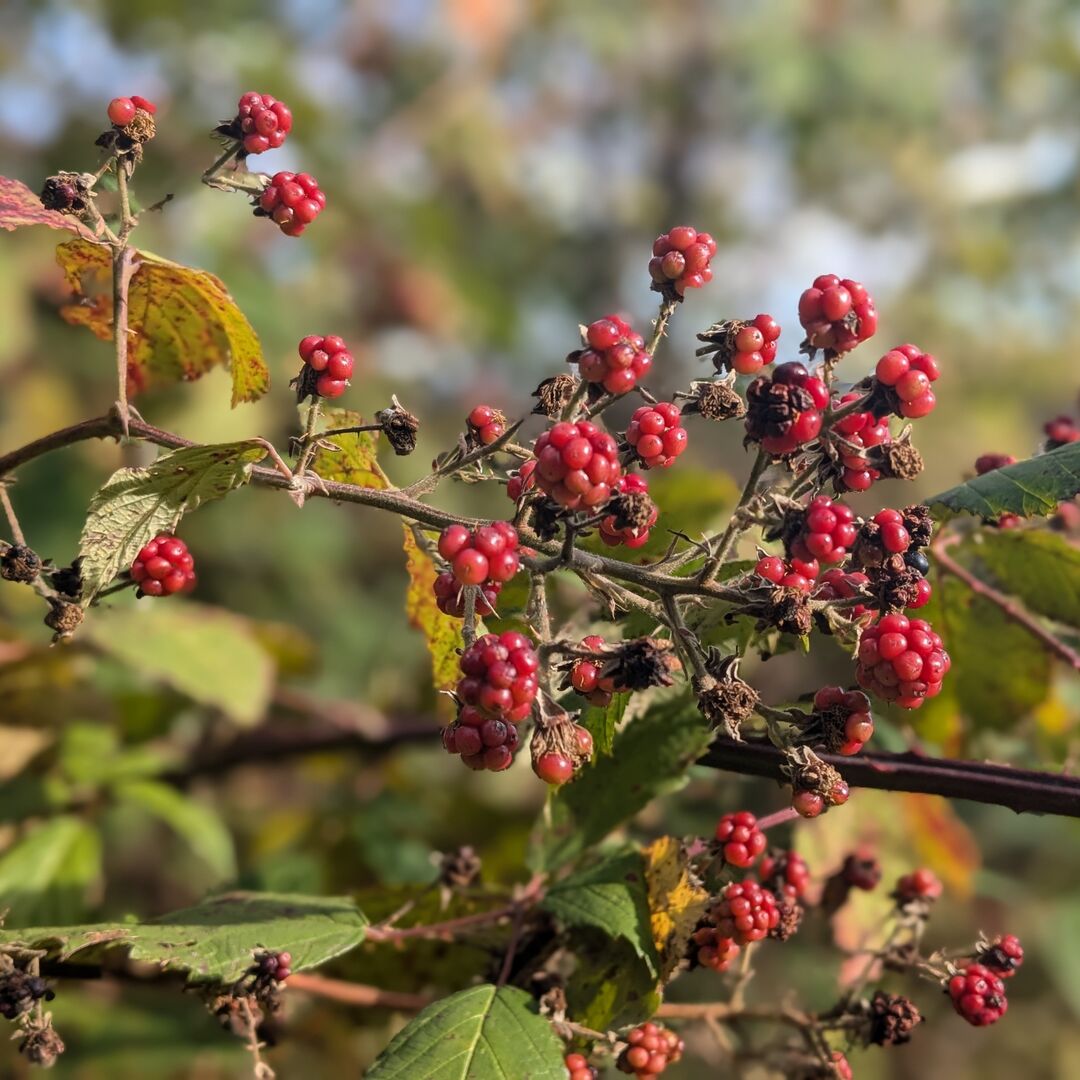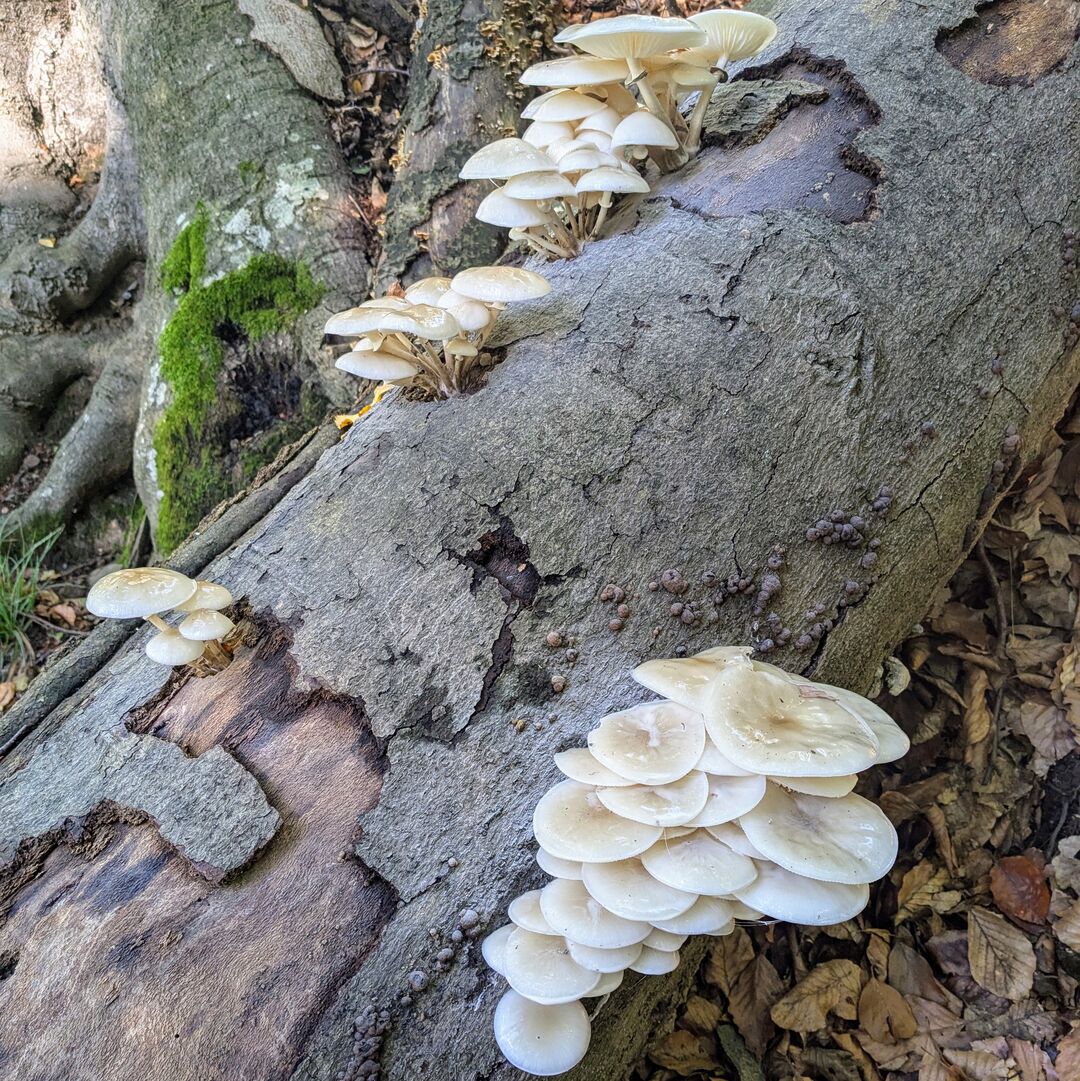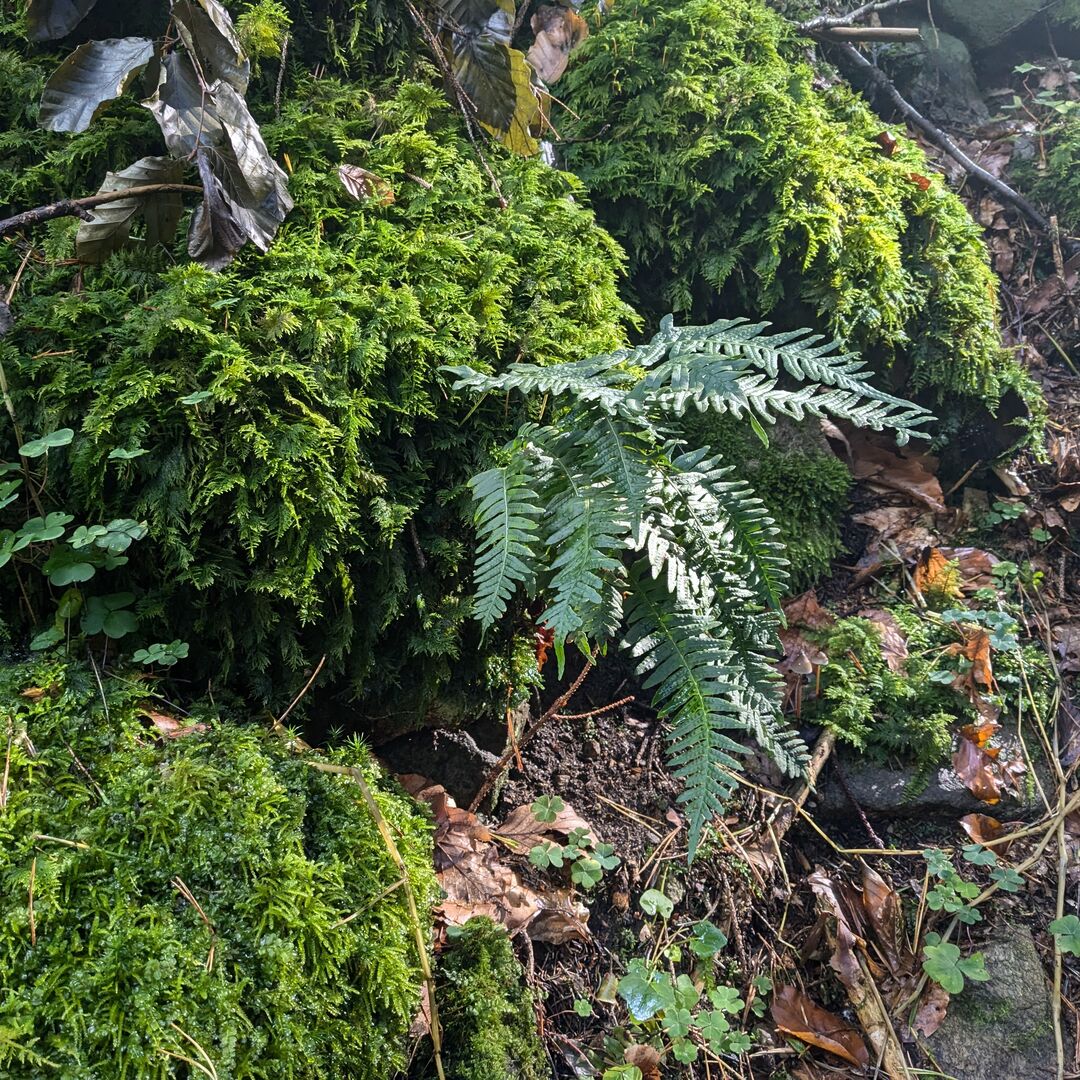Autumn is here! And with it a beautiful hiking tour. I’m only a few stages away from completing the World Heritage Trail. A few rain clouds are still darkening the sky, but the sun will soon replace them, at least according to the weather forecast. On a Sunday morning, I make my way to Rossatz, where I rent a bike to cycle to the start of this hike in Hofarnsdorf.
The Arnsdörfer
I start at Hofarnsdorf Castle and the church right next to it. The first few kilometres are flat along the Danube on the cycle path. It’s hard to believe that a few weeks ago the path was still flooded. Danube sand at the edge of the path still bears witness to this catastrophe, but the path has already been cleared, and the Danube has returned to its natural bed.
On the opposite bank, I catch sight of the fortified church of St Michael, which watches over the Danube on a rocky outcrop. The World Heritage Trail does not pass this church. Unless you take a short detour on the second stage. The church was built in the early Middle Ages on a Celtic cult site and later expanded into a fortress in the 16th century.
In Mitterarnsdorf, I turn off briefly into the village before returning to the cycle path. Finally, the route takes me to Bacharnsdorf, where the Dürnbach stream drains into the Danube. A Roman fortress, the remains of which have been integrated into a building, indicates the importance of the settlement in ancient times. The fortification was part of the Danube Limes and was intended to protect the Roman Empire from Germanic invasions. The flat plain around Arnsdorf also offered fertile land for agriculture. Wine probably arrived in the region with the Romans. There is also the stamp box at the Pammer winery and a few bottles of wine for sale right next to it.
Kupfertal
From now on, I follow the Dürnbach stream into the Kupfertal valley. This path was probably already used by the Romans to get to the Danube and the Burgus. A few stones still bear witness to the road construction skills of the Romans. The valley incision is ideal for this. Otherwise, the Arnsdorf plain would be difficult to reach. The slopes of the hills fall steeply down to the Danube and narrow the Danube valley.

At first, the path between the vineyards is still tarmac. But this changes as soon as the vineyards give way to the forest. Then it continues on gravel, and it gets really wet. I feel like I’m in a temperate rainforest. Ferns, mosses and mushrooms cover the ground. The dense forest darkens the sky. It would be mystical here in fog. I can really imagine Roman soldiers and traders walking through the forest 2000 years ago.
 />
/>
 />
/>
 />
/>The Dürnbach still carries a lot of water. Unfortunately, it even floods the path a few times. It gets muddy. Good shoes are important here. I jump over it twice and crawl through fallen beech trees twice. The storm a few weeks ago took a few trees with it.
To the Seekopf
At the top of the Kreuzberg, the forest thins out and the sun comes out. It wouldn’t be far to Schenkenbrunn from here. But the path leads back into the forest.

Fortunately, progress is no longer so difficult. No mud or steep tracks, just wide, well-drained forest roads. A leisurely forest hike. A large, wild blackberry bush colony provides a view of Göttweig Abbey, which sits on the last hill of the Dunkelstein Forest. Another forest hut and then the ascent to the Seekopf follows, which I manage quickly.
Observation tower Seekopf
I already know the tower. I visited it once before in the previous summer. The rest of the route will also follow my tour from back then. What I walked uphill then, I will walk downhill this time.
The view is phenomenal! There’s Spitz and the Jauerling behind it, Göttweig Abbey and Krems, and my gaze wanders even further into the Tullnerfeld.

Below the Seekopf, the Narrenturm and Kienstockspitze cliffs stand out from the autumnal forest and the picturesque settlement of Wösendorf on the opposite side of the Danube. The vineyards surround the village and stretch across terraces up the slopes.

Below the tower, a few hikers set off after their rest. I also have an energy bar and a drink before heading down.
Steinige Ries
First, it’s slightly downhill to the Hirschwand. However, I skip the short via ferrata on the rock. This is followed by one of the most enchanting paths in the Wachau, apart from the Vogelsteig near Dürnstein. The landscape changes. The ground becomes barren and rocky. There is only room for pine trees and the occasional oak. The odd beech tree also sneaks in. I have arrived in the Steinige Ries nature reserve.

There are plenty of views across the landscape. But I have to be careful. The path is very washed out and there are roots. It’s important not to stumble, especially as the path goes steeply downhill. The further downhill I go, the more fallen beech trees block the path. At one of them, I have to take a long diversion. There are a few footprints already. Nevertheless, the views through the trees sweeten the descent. Here’s the Weißenkirchen church.

Vineyards around Rossatz
Finally at the bottom. It’s not far now. The last section leads along the border between forest and vineyards. A few short steep climbs and then descents, sometimes on small tarmac roads, sometimes through the vineyards. The vine leaves are already a light yellow. The late afternoon sun intensifies their yellow.

The Dunkelsteinerwald casts its shadow over Rossatz. A few families are still walking in the vineyards with their children. On the opposite bank lies Dürnstein with its ruin high above the town.
King Richard the Lionheart was once held prisoner by the Austrian duke in this ruin, which was still a mighty castle at the time. Blondel, the king’s bard, searched the whole country for his best friend, the king. He picked up rumours and sang the king’s favourite songs in front of the country’s castles in the hope of finding him. At Dürnstein, a weak and hoarse voice from a dungeon window joined in. Blondel was delighted to hear the voice.
He quickly organized two horses and helpers and set off for the castle at nightfall. While he distracted the lord of the castle and the guards with enchanting singing, the helpers freed Lionheart. And before daybreak, they rode back to England together.

At least that’s the legend. Not everything is true, of course, but there is a kernel of truth behind it. The Austrian duke actually captured the English king Richard the Lionheart and kept him under guard in Dürnstein. However, the good king is not said to have languished in prison. His rank was too high for that.
It is said that a breach of honour was the reason for his arrest. During the third crusade after the successful siege of Acre, the duke hoisted his standard on the highest tower next to that of King Lionheart . Richard then had the standard thrown from the tower because he did not consider the duke to be his equal. In the medieval social hierarchy, dukes were below kings. But the duke saw himself as Richard’s equal. After all, he commanded one of the three successful siege armies. After this dishonour, he and his troops immediately returned to Austria.
At the end of the crusade, Lionheart returned home. However, he also had to pass through the lands of the duke, who then arrested him and demanded a high ransom for his release, which was eventually paid. The singer Blondel also existed. He may have marched with the king’s entourage in the Third Crusade. However, there is no evidence of his search for the king.

Finally, I walk down to Rossatz and end my tour at the church square in front of Rossatz Castle. An excellent stage that also offers plenty of peace and quiet in the Dunkelsteinerwald. Only the many fallen trees and the muddy ascent through the Kupfertal dampen my enthusiasm somewhat. But the Steinige Ries and the Seekopf viewing tower are worthwhile destinations.
